One of the most exciting parts of moving to a new country is having your own space and making it a home away from home. On the other hand, it can also be stressful actually looking for a comfortable, affordable, and safe place to live in when the area and even the housing system is foreign to you. Read on if you’re at this point of preparing for your big move to Uppsala as we compiled tips on how to find housing in Uppsala and how to make your new place feel more like home!
Uppsala University Housing Office
- If you’re a non-EU international student at Uppsala University, you get a housing guarantee as long as you apply and accept your offer from the university housing office on time. These rooms/apartments are furnished so you don’t need to worry about buying and moving your own furniture. Check out their website for more information: UU Housing Office website
Studentboet
- The Studentboet website details rules and regulations on housing contracts as well as tips on how and where to find housing in Uppsala. It also lists openings for available accommodation in the city that students can sign up for.
Blocket
- Blocket is a Swedish website where you can find listings for secondhand rental contracts.
Uppsala Bostadsförmedling
- You can also register in the Uppsala Housing Queue, which requires a fee of SEK305 per year. Listings are posted on their website where you can also express your interest in renting. Offers are given based on the number of queue days you have compared to others who also expressed their interest in the available accommodation.
Heimstaden
- Heimstaden is a property management company that is one of the biggest providers of student accommodation in Uppsala, particularly in the famous Flogsta area. Through their website, you can search for both apartments and student accommodation and express your interest in the listings available.
Nation Housing
- You can also get a room from one of the student nations in Uppsala, but you would need to be a member of said nation and sign up for the nations housing queue to get a chance to be offered a room. Note that not all nations have the same system for signing up to be a part of their housing queue. Getting accommodation from a nation may also be more difficult for new students as getting an offer also depends on how many housing points you already have (usually based on how long you have been a member of the nation and if you are an officer of the nation) compared to others who also signed up for the queue.
Other important sites
Important tips on making your room/apartment into a home
- Bring things/decorations that remind you of home! For me, this included polaroid/printed photos, postcards, fairy lights, and a scented candle that had a particular Filipino Christmas aroma.
- For the late spring to summer season, it’s helpful to buy blackout curtains as it can get very bright and the daytime can get very long too. For winter, try to make your room as bright as possible through fairy lights or lamps as there are usually only a few hours of daylight during this time.
- Keep your space clean and orderly. While doing chores may not be the most fun part of living alone, regular cleaning is a necessity to keep your new home cozy and comfortable.
- For those living in corridor rooms, be transparent and practice open, clear communication with corridormates on keeping the shared spaces clean and orderly. Remember to do so respectfully too!
If you have any more questions about housing, please do not hesitate to contact undergraduate@uu.se or masterprogrammes@uu.se. Good luck and see you in Uppsala!

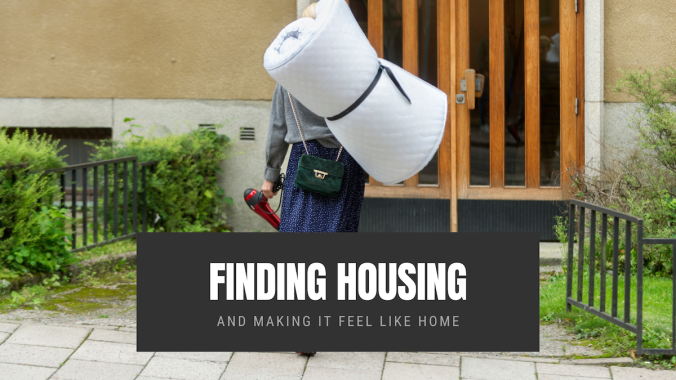
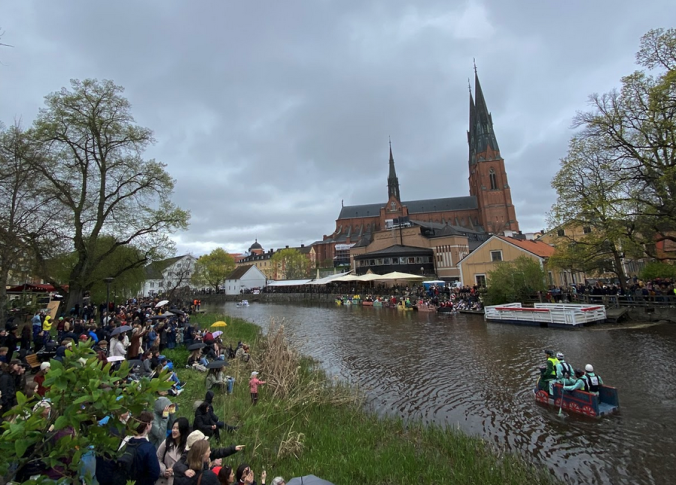
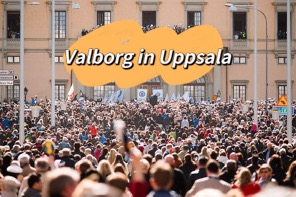
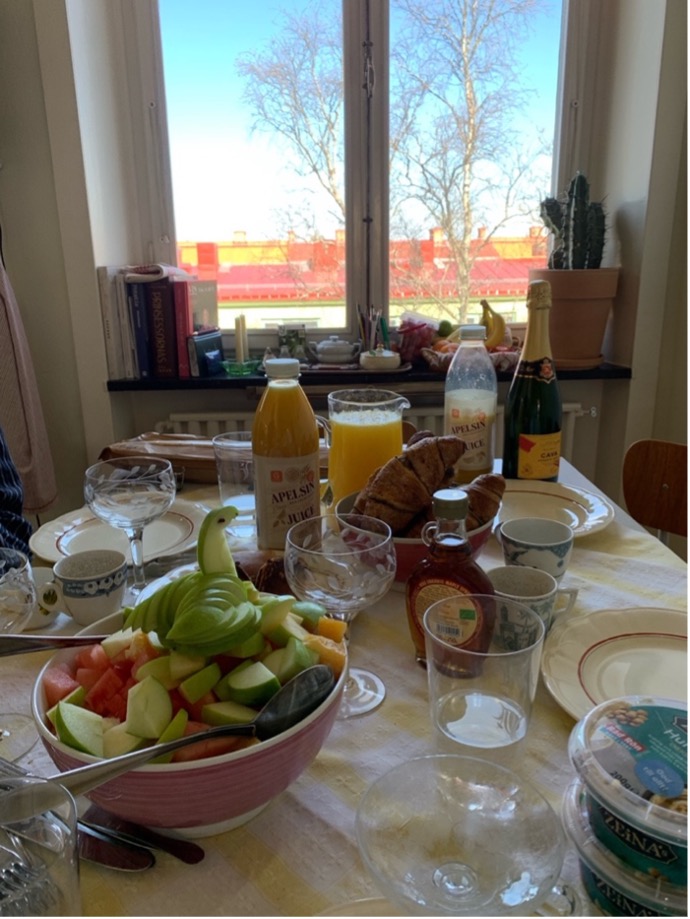
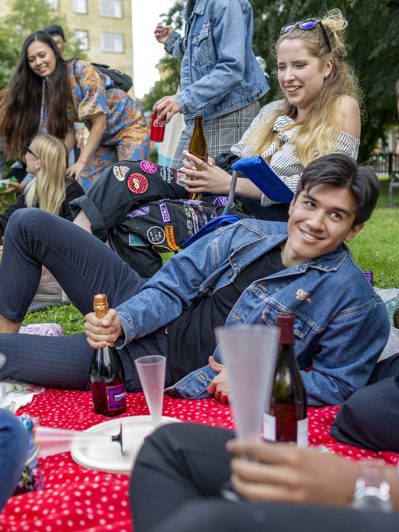
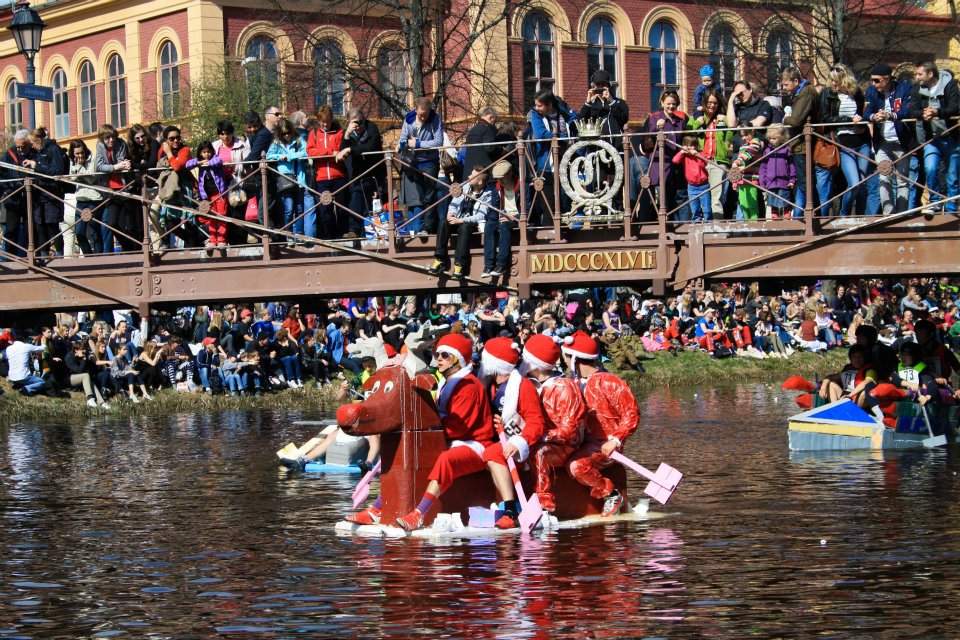

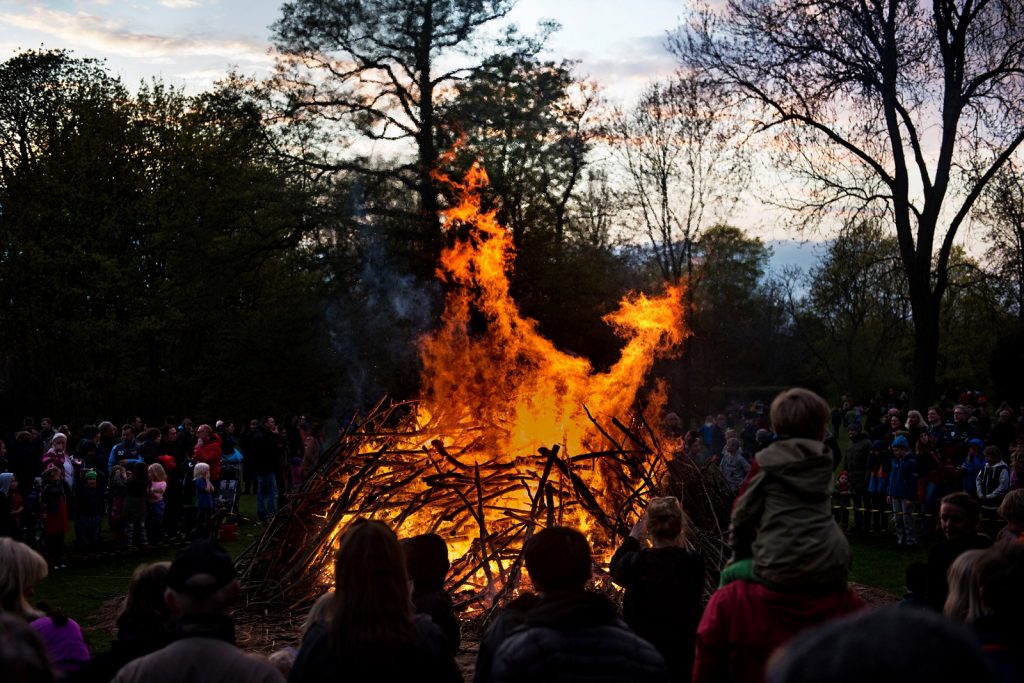


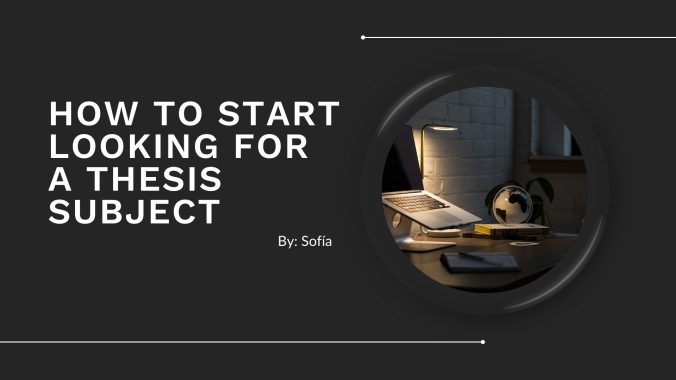


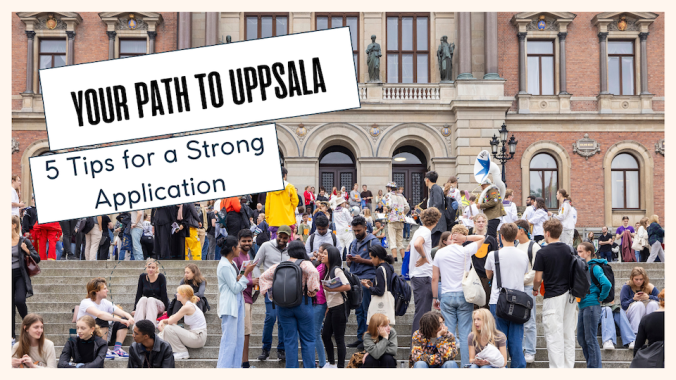
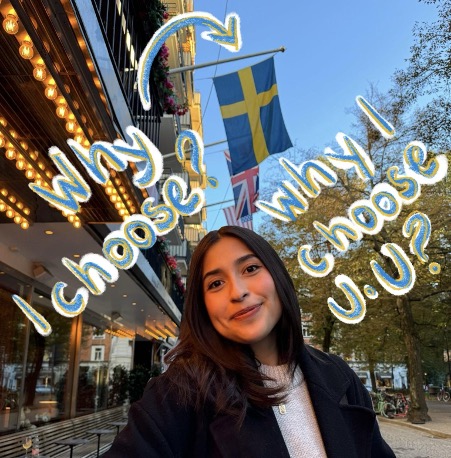
Recent Comments